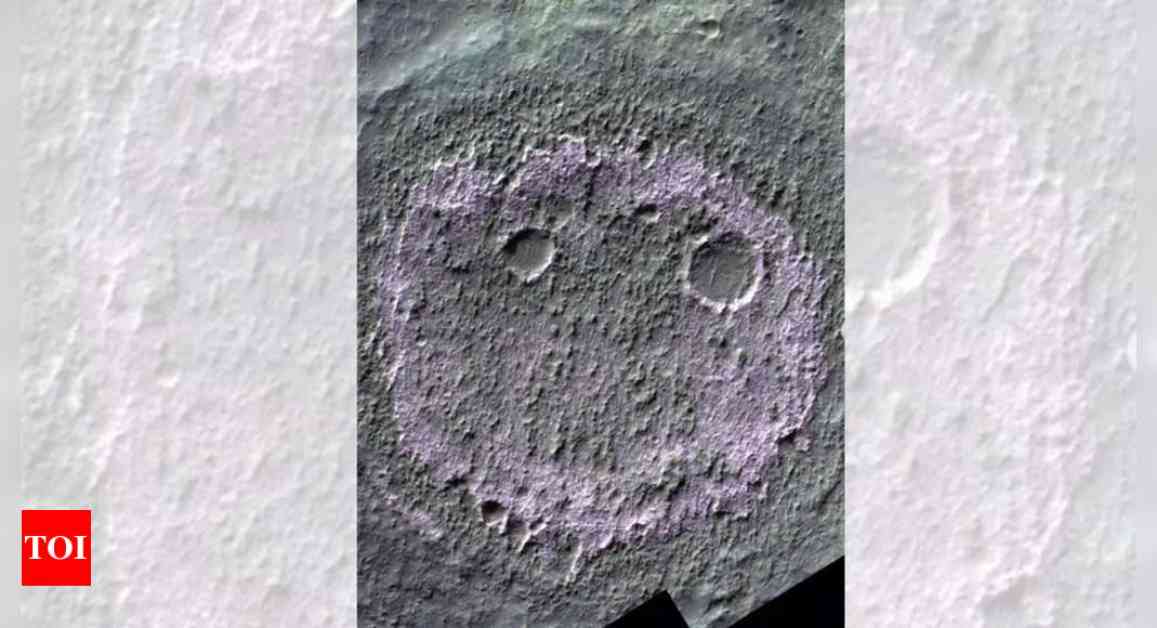The European Space Agency (ESA) never fails to amaze space enthusiasts with its captivating images and discoveries. Recently, ESA’s Instagram page featured a remarkable image of a “creepy smiley face” on Mars, which has sparked a wave of interest and curiosity among netizens.
The image, showcasing chloride salt deposits on the Red Planet, provides valuable insights into Mars’ history. These deposits are believed to be remnants of ancient water bodies, suggesting the presence of habitable zones billions of years ago. The discovery of nearly a thousand potential sites offers new information about Mars’ climate and its potential to support life. Scientists even speculate that these deposits could harbor resilient microbes that survived Mars’ harsh environmental changes.
Since the release of the post, it has received nearly 9,000 likes on Instagram, with engagement numbers steadily increasing. User reactions have been mixed, with some users making humorous comparisons to popular characters like Jack Skellington, while others have been in awe of the beauty and familiarity of the images. The post has gone viral, sparking discussions and curiosity among the public about Martian discoveries.
ESA’s ExoMars program, which includes missions like the Trace Gas Orbiter and the upcoming Rosalind Franklin rover, aims to explore the possibility of past life on Mars. The program seeks to answer the age-old question of whether life ever existed on the Red Planet and to better understand its habitability and geological history.
The findings from the ExoMars missions have the potential to lead to further exploration and groundbreaking discoveries about Martian life. Moreover, advancements in space exploration technology from these missions could benefit future space missions and research, paving the way for exciting developments in the field.
As we look towards the future, the exploration of Mars continues to capture the imagination of people around the world. With ongoing research and technological advancements, we are on the brink of uncovering even more mysteries of the Red Planet and perhaps even finding clues about the existence of life beyond Earth.












